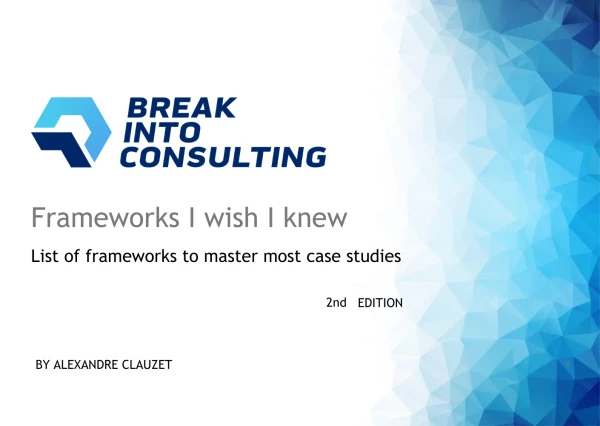Dear all,
I'm trying to come up with my own frameworks, however, with regards to MnA cases I struggle to highlight the most important aspects and logic behind it.
Any framework / logic suggestion very welcomed!
Dear all,
I'm trying to come up with my own frameworks, however, with regards to MnA cases I struggle to highlight the most important aspects and logic behind it.
Any framework / logic suggestion very welcomed!


Hi,
There are three types of M&A cases you may have:
Note also that it can be a mix of them
1. For Due Diligence you can use the following structure:
Market
Competition
Company
Feasibility of exit (in case of a PE company):
2. For Synergies Calculation you can use the following structure:
3. Integration cases can be either about integrating the IT systems, different functions or changing the org structure. Always remember to start with clarifying the objective and the timing of the deal / integration
Good luck!

Agree w/ Vlad
I'd add as a fourth category of possible case, especially in corporate finance-heavy consultancies a Valuation case, where it would be important to discuss the different valuation methods:










